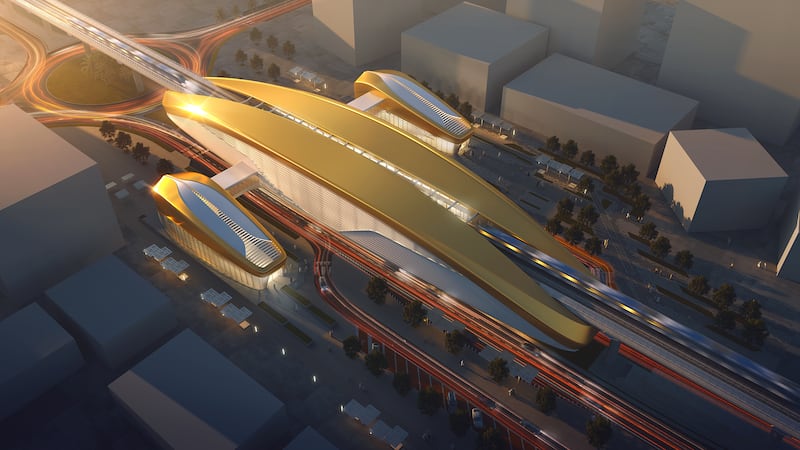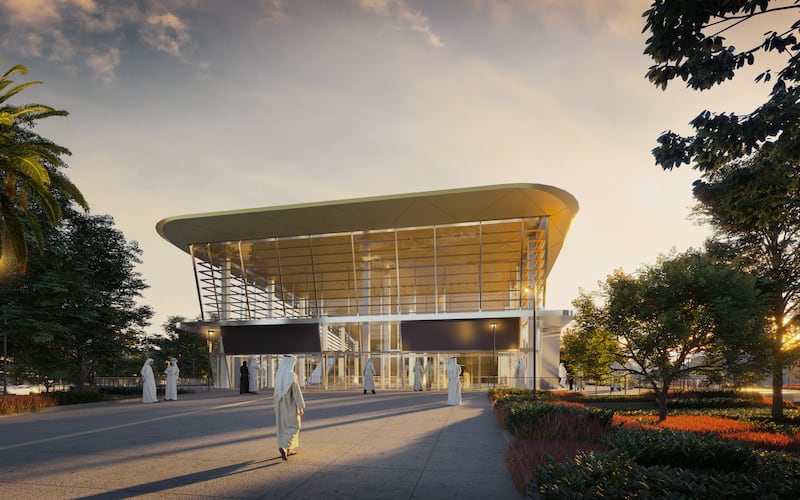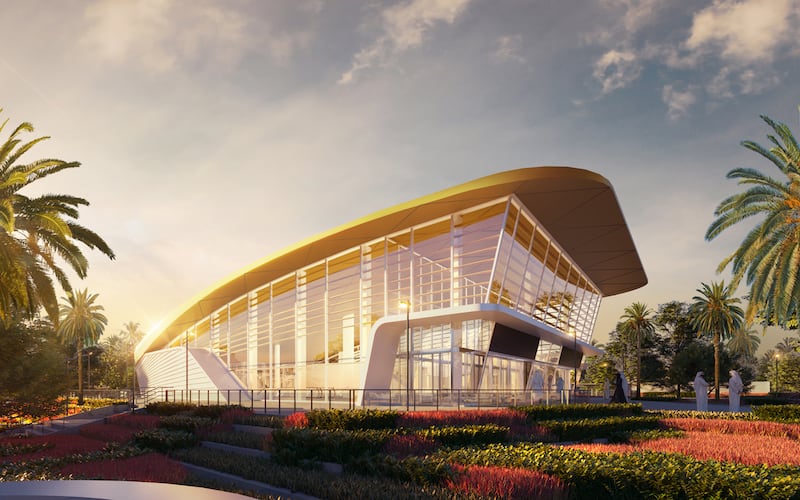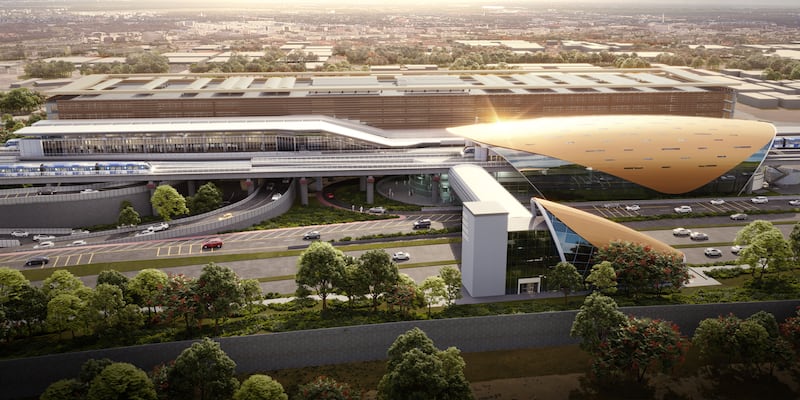The newly announced Dubai Metro Blue Line is set to transform the north-east of the city, easing traffic congestion and establishing a direct link with Dubai International Airport.
The Dh18 billion ($4.9 billion) project will include 14 new stations and add 30km to the Metro network, with 15.5km underground.
The expansion is part of the Dubai 2040 Urban Master Plan launched in January last year, which included easier commuting among its top priorities to cater for a fast-growing population.
Dubai's Roads and Transport Authority said the Blue Line would connect five principal urban regions of Dubai – Bur Dubai/Deira, Downtown/Business Bay, Dubai Silicon Oasis, Dubai Marina/JBR and Expo City Dubai.
When completed, the Metro network will be 131km long and encompass 78 stations served by 168 trains.
Here, The National takes a look at what has been announced.
Where will Dubai Metro Blue Line go?
The new line will comprise two main routes that start with connections from the Red and Green Lines.
The first route is to begin in Al Jaddaf at the Creek Interchange Station on the Green Line and will cross Dubai Creek on a 1.3km bridge.
The route will pass through new stations at Dubai Festival City, Dubai Creek Harbour and Ras Al Khor, before reaching Dubai International City 1, which is an interchange station.
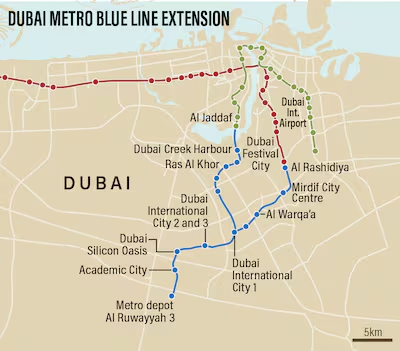
The line continues towards Dubai International City 2 and 3 and on to Dubai Silicon Oasis, with the route ending at Academic City. This part of the line section is to span 21km and features 10 stations.
The second route connects with the Red Line in Al Rashidiya at the Centrepoint interchange station.
It will connect with new stations at Mirdif and Al Warqaa, before connecting with the interchange station at Dubai International City 1. The new line on this section is to be 9km and will include four stations.
The travel time between these destinations is anticipated to be from 10 to 25 minutes.
The project also includes the construction of a metro depot at Al Ruwayyah 3, beyond Academic City.
When will it be completed?
The project is scheduled to be finished in 2029, coinciding with the 20th anniversary of the Dubai Metro.
Tenders for the project have already been launched, with the awarding of the contracts to contractors expected to take place next year.
Tunnelling for the underground sections of the routes and stations will start in 2025. The first trials are expected to take place in 2028.
Dubai Metro's Dh18 billion Blue Line gets the green light
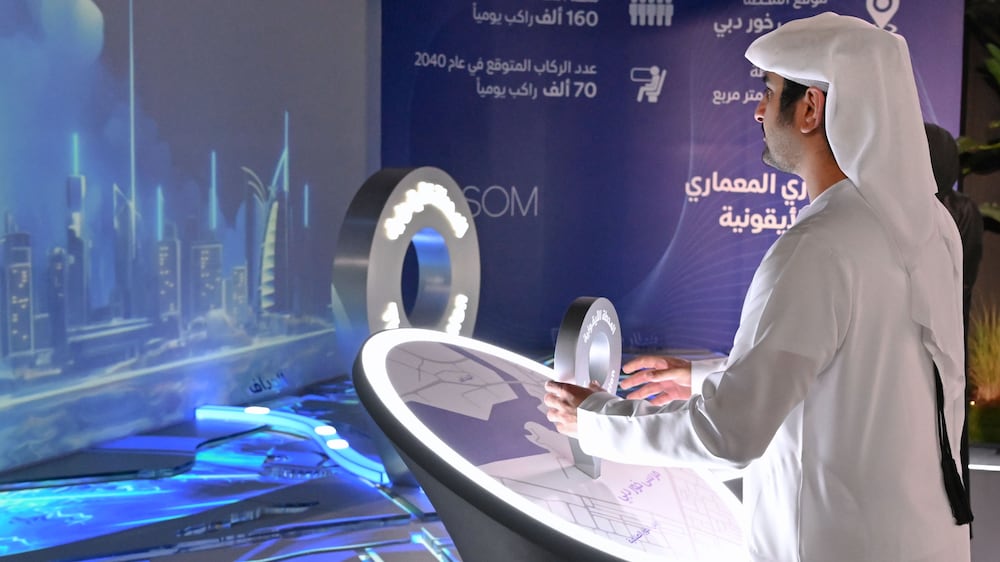
Will the stations be any different?
The design of the stations will be largely in keeping with the current Metro routes, but the Blue Line will feature two noteworthy stations.
The RTA said Dubai Creek Harbour would have an "iconic station" with a "distinctive architectural design" that will complement the surrounding modern residential and commercial towers.
The station will be designed by global architectural firm Skidmore, Owings and Merrill, which designed Burj Khalifa, the Denver Union Station in Colorado and the Willis Tower in Chicago.
The other notable Metro station will be the underground site at International City, which will be 44,000 square metres – the largest underground interchange station in the network.
It has been designed to accommodate about 350,000 passengers a day.
What are the long-term benefits?
While the project will cost Dh18 billion, the RTA said the it would have economic, social and environmental benefits for the city.
By 2040, the project is projected to yield a benefit-cost ratio of 2.60 (Dh2.60 in benefits for every Dh1 spent), with total anticipated benefits exceeding Dh56.5 billion by 2040.
The project will help to reduce traffic congestion on its routes by 20 per cent and increase the value of land and properties near stations by up to 25 per cent, the RTA said.
It estimated that the Blue Line will serve 200,000 passengers a day by 2030, increasing to 320,000 a decade later. When it opens, 50,000 university students from Academic City are expected to make use of the line.
It is designed to handle an estimated capacity of about 56,000 passengers an hour in both directions, at a service interval of about 1.5 minutes.

